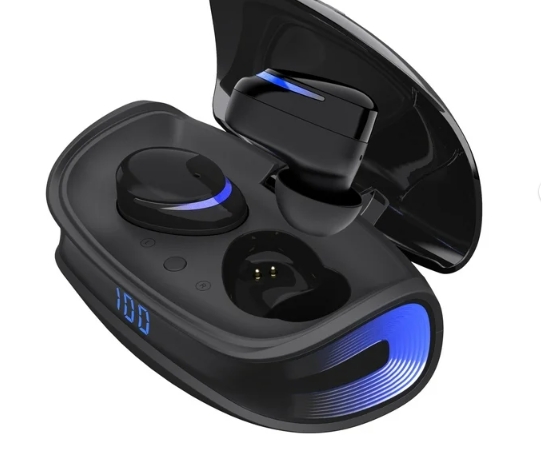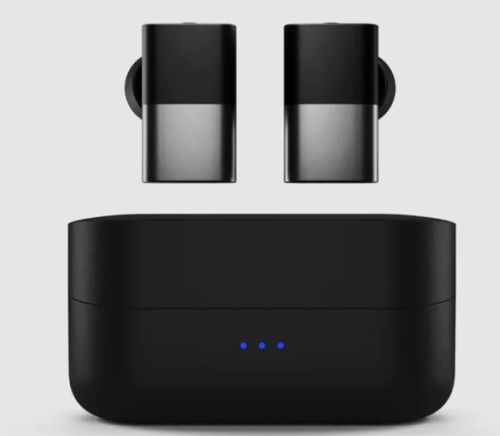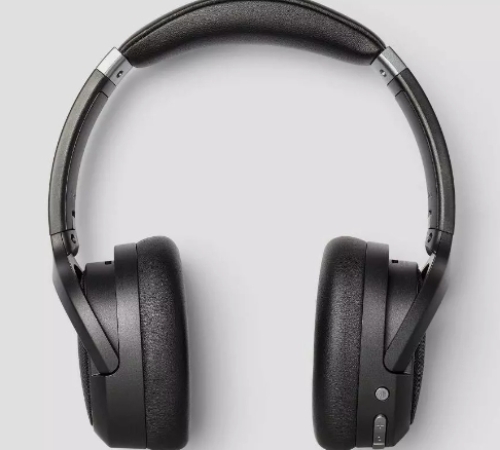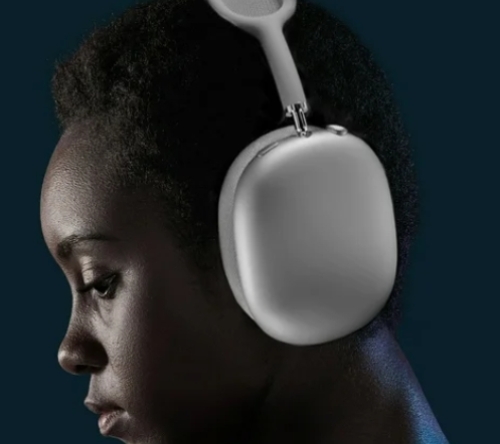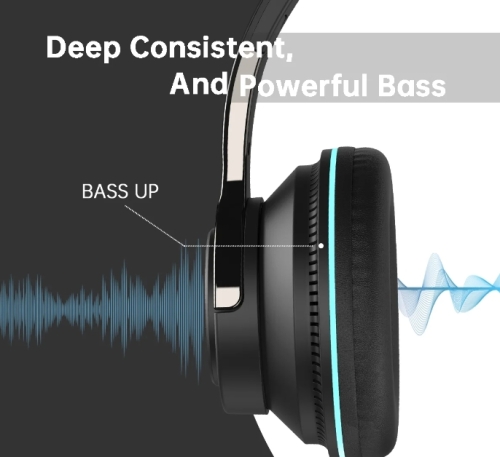Headphones are a common audio device used to play music, listen to the radio, or make phone calls. With the development of technology, the types and functions of headphones have become more and more rich, from basic wired headphones to advanced wireless headphones, various models to meet the needs of different users.
Wired headphones connect to audio devices via a physical cable, providing stable sound quality and a reliable connection. Despite the increasing popularity of modern wireless technology, wired headphones still hold a place among audio enthusiasts due to their stable sound quality and no latency. In addition, wired headphones do not require charging and are suitable for long periods of use.
Wireless headphones connect audio devices via Bluetooth or other wireless technology, getting rid of the shackles of physical cables. Wireless headphones offer greater freedom of movement and are ideal for sports or everyday use. Many wireless headphones also have noise-cancelling features to provide a clearer listening experience.
Noise cancelling headphones use active or passive noise cancelling technology to reduce interference from ambient noise. Active noise-cancelling headphones capture ambient noise through the built-in microphone and produce opposing sound waves to counteract these noises, while passive noise cancelling physically insulates noise through earcup materials. The headphones are particularly suitable for use in noisy environments, such as airplanes or public transport.
Small and lightweight, it goes directly into the ear canal. Suitable for daily use and exercise, but may not be comfortable enough to wear for a long time. Cover the entire ear for better sound insulation and comfort. Suitable for long-term use and high quality music appreciation.
Sound quality is the most important consideration when choosing headphones. High-fidelity sound quality leads to a clearer, richer audio experience. Check the frequency response, impedance, and sensitivity

